Director: Teddy Chan
Cast: Jackie Chan, Vivian Hsu, Kim Min Jeong, Wu Hsing-kuo, Eric Tsang, Bradley James Allen, Cheung Tat-ming, Alfred Cheung, Ha Ping, Vincent Kuk, Scott Adkins, Murat Yilmaz, Anthony Rene Jones
Running Time: 108 min.
By Numskull
To say that “this is not your father’s Jackie Chan movie” would be both far too vague and somewhat insulting. The Accidental Spy is a much more serious and intricately-structured effort than we’re accustomed to seeing from the clown prince of action cinema. The production values are through the roof by Hong Kong standards, with the only true visual lameness coming in the form of some rather fake-looking lighting during a scene at sea, and the whole film generally looks every bit as slick as a typical Hollywood action movie, if not slicker.
In most of Jackie Chan’s films, he plays pretty much the same character. Not so here. Buck Yuen’s adventure begins not because duty calls, not because he wants to make the world a better place, but because he’s trying to claim a large amount of money that he didn’t earn. Granted, just about anyone else in his position would have taken the same course of action…he doesn’t really do anything morally wrong…but it’s refreshing to see Jackie play less of a goody-two-shoes than he usually does (even if he IS still more inclined to try his hand at heroics than most people). It is believed that he holds the secrets of the new super-virus, Anthrax 2 (if and when this film gets Americanized, they’ll probably change it to Pinkeye 2 or something like that), and, in response to demands to hand it over, he simply says: “I don’t have it.” He speaks the truth, but other characters of his would go into miniature tirades about how he would never give it to someone like them even if he did have it, how everyone should coexist peacefully instead of trying to kill one another, how we should all settle every kind of dispute imaginable over a nice cup of tea, and so forth.
More decidedly un-Jackie-ish elements are the somber, shadowy, lonely-feeling scenes following the bank robbery near the beginning, the religious references (Jackie wears a plot device crucifix in this movie; his real-life stance on religion is that of the respectful non-believer), and strong female characters. Not “strong” as in “kicking asses left and right,” but “strong” as in “more than mere eye candy.” Min-jeong Kim plays pretty much the same role foolishly given to Michelle Ferre in Who Am I? (a movie which The Accidental Spy resembles in a couple of other ways as well). She doesn’t exactly light the screen on fire, but (assuming she isn’t dubbed…the whole movie seems to have been recorded with “live” sound) she speaks English quite clearly (the film also uses Mandarin and Cantonese at the appropriate points) and her performance is definitely better than Michelle Ferre’s (though, admittedly, it couldn’t be much worse). Then there’s Vivian Hsu as Yong, a mysterious siren with more than one nasty secret. Whereas many other actresses would do little more than annoy you with such a part, Vivian expertly captures your attention and shines even in Chan’s immediate presence. I would rate her performance as the best by a female in a Jackie Chan film since Anita Mui stole the show in Drunken Master 2. The other notable co-star, Eric Tsang, has very limited screen time disproportionate to his billing, and seems kind of thrown in just for the hell of it. Hey, whatever.
Our hero temporarily reverts to his old jackass-like ways for a lengthy scene in which he must elude and fight off multiple assailants while naked. His butt crack, which has been shown countless times already, is, of course, once again on display. As for the front end, Jackie’s unnamable and unmentionables are kept from burning their likenesses onto your mind’s eye through a combination of precise camera angles and various items grabbed throughout a Turkish marketplace. Congratulations are in order for editor Kwong Chi Leung, who presumably had to scrutinize each take of each shot to make sure the snake in the grass and its two eggs were not visible at any time. Now don’t get me wrong, I’m no pecker checker…I didn’t inspect every frame with a magnifying glass…but you don’t have to look very hard to see that a masterful job was done where keeping Jackie’s meat whistle out of sight is concerned (and if you do happen to catch a glimpse of it, then, obviously, you were actively searching for it, and that’s something I’d rather not hear about). Bravo, Mr. Kwong. Bravo.
Moving right along, the film has a very good, expensive-looking action sequence at the end which could be referred to as a poor man’s Speed. The thing is, though…Speed is just under two hours long, and it still doesn’t generate as much excitement as The Accidental Spy packs into just fifteen minutes. Other tidbits from Hollywood action movies of the 1990s include the speeding vehicle smashing through stuff in true Jerry Bruckheimer fashion (The Rock…the only Michael Bay film I’ve seen and also most likely the only Michael Bay film I’ll EVER see), a stuffed animal to which far too much significance is attached (Con Air…a film so intentionally over-the-top that it’s more of an action movie parody than a “real” action movie and should be viewed as such), and the tractor trailer taking a nose dive from a great height (Breakdown…an under-appreciated flick with Kurt Russell in a role which could’ve been filled by just about anyone…but hey, he did fine). Yes, a climactic fight scene would have been nice, but of all the non-fighting action finales that Jackie has done, I say this one is the best (hell, I could sit here picking my nose and I’d still be more exciting than that monster truck shit from Mr. Nice Guy).
The Accidental Spy’s strongest point is one that I wouldn’t normally address…the soundtrack. I usually don’t pay much attention to musical scores in movies, but this one is truly exceptional. The adrenalized action themes are all well and good, but far better are the pieces that accompany the film’s quiet moments. Somewhat reminiscent of The Sixth Sense’s moody, subdued score but with a touch more melody and restrained use of a Gothic-sounding choir, this is far and away the best musical score I’ve ever heard in a Hong Kong movie, with the only other one that even comes close to this level of quality being that of Too Many Ways To Be Number One. If I had a hat, it would be off to composer Peter Kam. He has made an already good movie much better.
This is not a film that ultra-picky, elitist Jackie fans are going to rave over. It IS, however, a good action movie in general, and I unhesitatingly recommend it even to those who don’t much care for the earlier work of its unconventional star. A must-see for anyone who equates Hong Kong cinema with cheap, sloppy, throw-away productions.
Numskull’s Rating: 8/10
By Klotera
When you watch this film, you may get both a sense of deja vu and uniqueness at the same time, at least as far as Jackie films go. On one hand, you have a film that mirrors Who Am I in many ways. Both are big budget, Hollywood-esque action films largely in English and they have many plot twists and characters that are completely analogous to each other. On the other hand, The Accidental Spy has a much more mature style to it than just about any other Jackie film. The film is somewhat divided into three segments, the introduction and plot setup, the main plot building part, and the final action sequence.
It is during the main plot building segment that the film has a more serious and moody tone than other Jackie films. Aside from some goofiness during fight scenes – this part of the film is dead serious, focusing on plot building, character development, and heavy handed themes. To match the serious and moody tone of the film, you’ll notice that it doesn’t shy away from showing violence and plenty of blood, much unlike a Jackie film. As unlike a Jackie film as all of this is, it actually works fairly well. Despite some contrivances in the plot and a small bit of questionable acting (although the overall acting in the film is miles beyond the horrid acting in “Who Am I?”) – it will certainly keep a viewer locked down to the screen and engulfed in the film.
Jackie’s charm comes through as always, even in this more serious role. Of course, one must speak of the action. Well, most of the fighting is quick (and I do mean quick) fights with thugs who are looking for what they believe Jackie has. They are short and not earth-shattering, but still entertaining fights. It is here that a more traditional Jackie shines through. The most talked-about segment is the longer nude fight scene in the marketplace. Now this is classic Jackie goofiness with some decent fighting thrown in.
Finally, the biggest action segment is in the 3rd part of the film and is pretty much just like the movie “Speed” where Jackie is in a vehicle that can’t slow down without blowing up. It is solid action that keeps you entertained, but does little for the actual plot. It does, though, lead up to a nice final stunt. All in all, this is definitely a worthy Jackie film. Not his best work, but definitely entertaining and a must-see to see the more moody style in a Jackie film. It may even be worth a few viewings to some Jackie fans. It is what “Who Am I?” was trying to be but with much more success.
Klotera’s Rating: 7.5/10

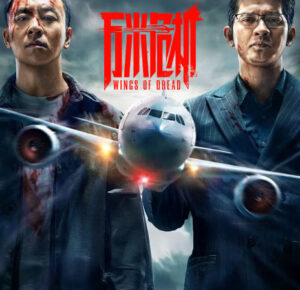
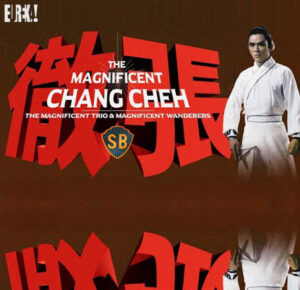
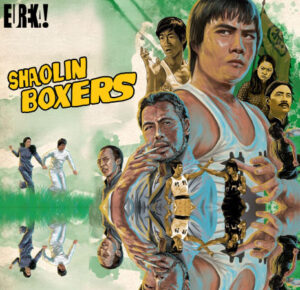
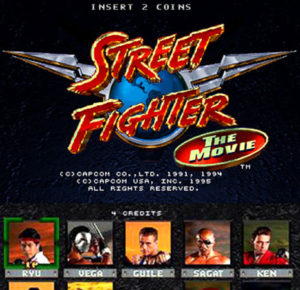
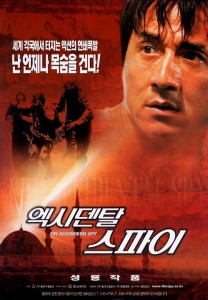
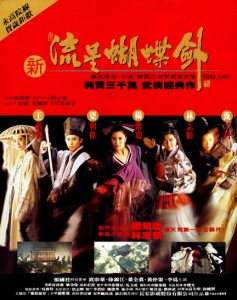
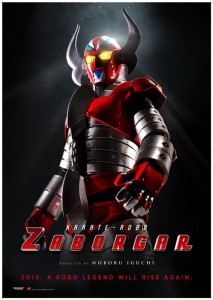
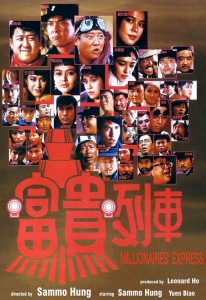
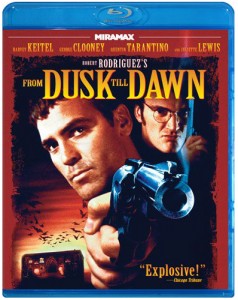
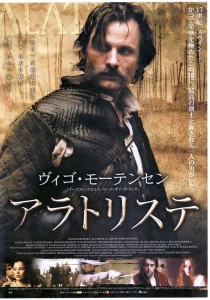
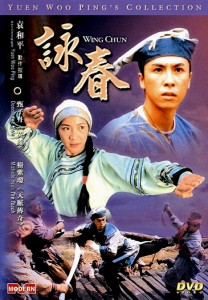
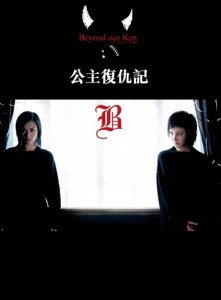
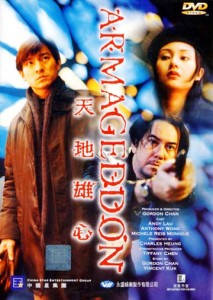
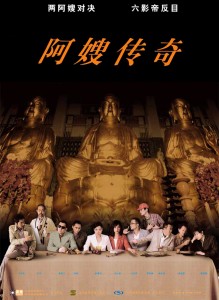
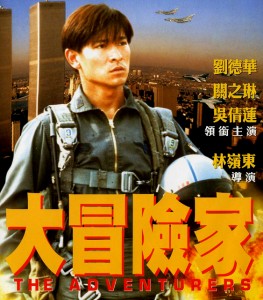
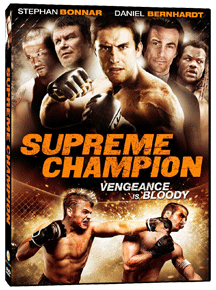
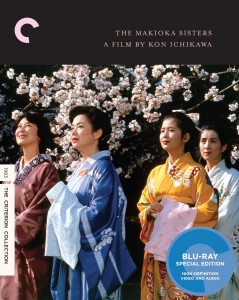

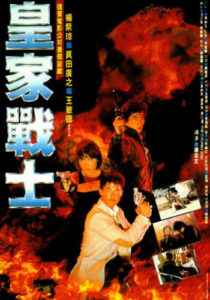


Be the 1st to Comment